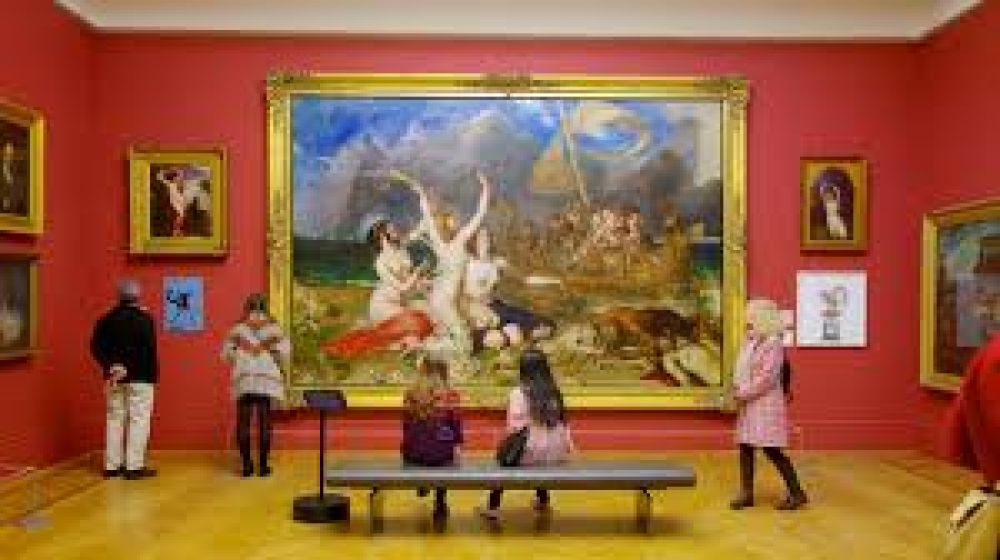

Located in the heart of Manchester, United Kingdom, Manchester Art Gallery is one of the city’s premier destinations for lovers of fine art and culture. The gallery’s history as a key player in Manchester’s cultural tourism dates back to its foundation in 1823. It officially opened in 1824, thanks to the Royal Manchester Institution, and was originally designed to bring culture and art to the people of this bustling industrial town.
In its early days, the gallery hosted a series of art exhibitions, lectures, and evening events aimed at educating and inspiring the local population. Its collection grew steadily over the years, and by the mid-19th century, it was recognized as an important institution within the city. In 1882, the building and its collections were taken over by Manchester City Council, ensuring its survival and continued growth.
Throughout the 20th and 21st centuries, Manchester Art Gallery has undergone various expansions and renovations to both its physical space and its collections. Notably, an ambitious expansion project completed in 2002 fused the historic gallery with the Athenaeum, adding significant exhibition space and modern visitor facilities, thus enhancing its appeal as a leading attraction for both domestic and international tourists.
The gallery boasts an impressive collection of over 25,000 objects, including a mix of fine art spanning six centuries. Its outstanding collections of British and European paintings and decorative arts are internationally significant, featuring works by artists such as Pre-Raphaelites, Turner, and a host of contemporary artists.
Tourism at Manchester Art Gallery has contributed greatly to the city’s economy and cultural scene. By offering an array of touring exhibitions, educational programs, and interactive events, the gallery attracts hundreds of thousands of visitors annually. This influx contributes to the local hospitality and retail sectors, thus underpinning the importance of art and culture to Manchester’s urban regeneration and cosmopolitan appeal.
Recently, Manchester Art Gallery has embraced modern tourism trends by participating in Manchester’s rich calendar of arts and culture festivals. The gallery also recognizes the importance of digital engagement, offering virtual tours and online collections to reach a wider, global audience during times when travel may be restricted. Sustainable tourism has also started taking center stage, with the gallery focusing on green practices and encouraging visitors to engage with art in an environmentally friendly manner.
In conclusion, the Manchester Art Gallery not only stands as a testament to the city’s vibrant cultural heritage but also remains at the forefront of evolving tourism practices. Its combination of historical significance and modern appeal ensures that it continues to play a vital role in both the cultural life of Manchester and its tourism economy.